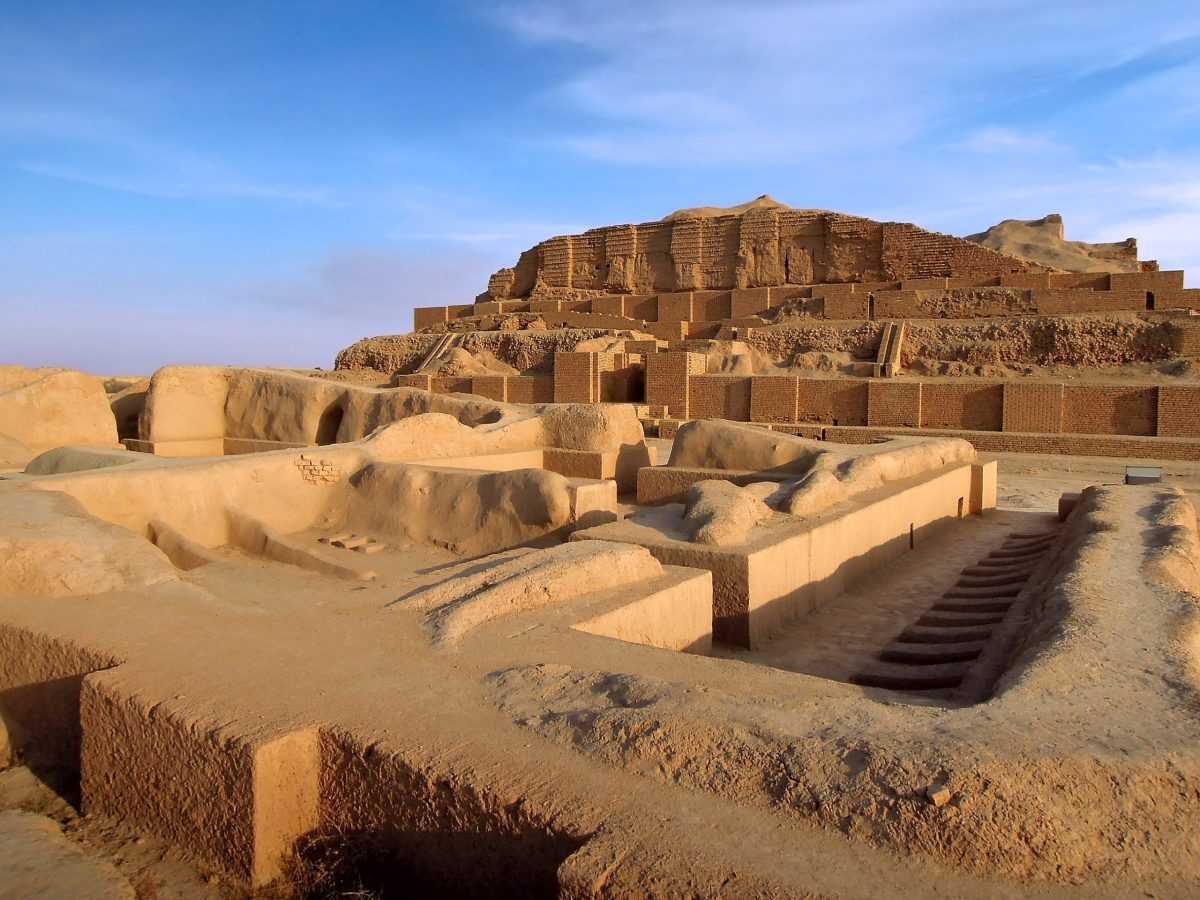Table of Contents
Susa: The Oldest City in Iran
The ancient city of Susa or Shush is one of the centers of ancient civilization and one of the most famous cities in the world. For those who are interested in archaeology and archaeological sites, It’s a great site that shouldn’t be missed while they are having their trip to Iran. As Iran oldest city, Susa city has been the capital of the Elamite kingdom for several thousand years and it was the winter capital of the Achaemenid Empire.
History of the Ancient City of Susa
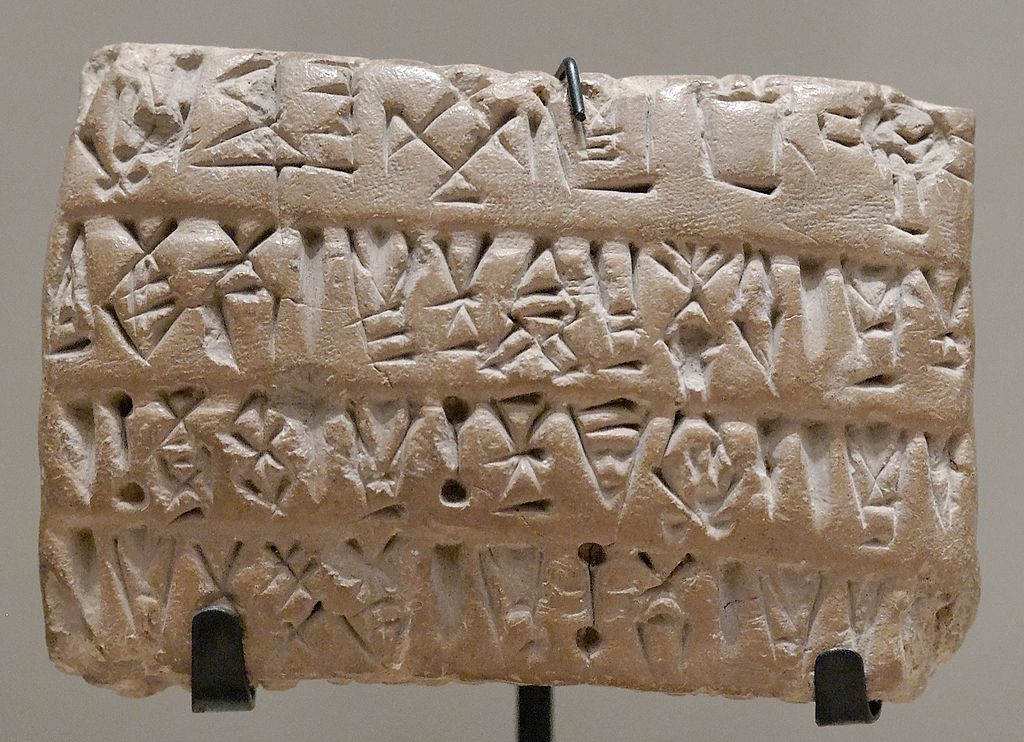
Photo by Louvre Museum, on Wikimedia Commons
In this case, there are two documents, which are written bricks and the other written mud; the subject of the mud writings is the purchase and sale of land, wills, adoptions, etc. But, the inscription bricks were mostly used in the construction of temples and were about the gods of the ancient Susa people.
The ancient city of Susa was the center of the Elamite civilization, which is located 150 km east of the Tigris River in Khuzestan province. Susa has been the capital since about 2700 BC and this capital lasted until the end of the Achaemenid Empire, which is more than 3000 years.
Historical data shows that the Elamites ruled in this city and region for 2,000 years, centered on the city of Susa. Before the Mongol invasion, Susa was very populated and many people lived in it, and it was only after the devastating Mongol invasions that the city became uninhabitable.
At that time, every kingdom that built a temple introduced itself in the form of these inscriptions. In it, he states who the son is and where the king has been and says that he built this temple for one of the gods for his health and longevity, and he hopes that God will give him a long life.
Climate of Susa
The climate of Susa is hot and dry. In the center of the city, the highest temperature in summer is above 45 degrees Celsius and the lowest temperature is 28 degrees above zero. The climate of this city is affected by the effect of high tropical pressure, which makes some days of summer sultry.
Susa on the UNESCO Heritage Site List
After reviewing the file of the world registration of the ancient Susa, this file was registered on July 4, 2015, at the UNESCO meeting in the German city of Bonn. The cultural heritage of Susa includes the palace of Shavar, Apadana, the Eastern Gate, Hadish, the 15th city, the Achaemenid village, the Grand Mosque of Susa, and the complex of the Islamic period buildings, the Acropolis hills, and the French fort.
Susa isn’t the sole UNESCO World Heritage site in Iran. Several other archaeological sites in Iran have been recognized as UNESCO World Heritage sites. If you’re interested, you can participate in our archaeological tours of Iran and immerse yourself in ancient Persia by exploring the oldest sites in the country.
Tourist Attractions of the Ancient City of Susa
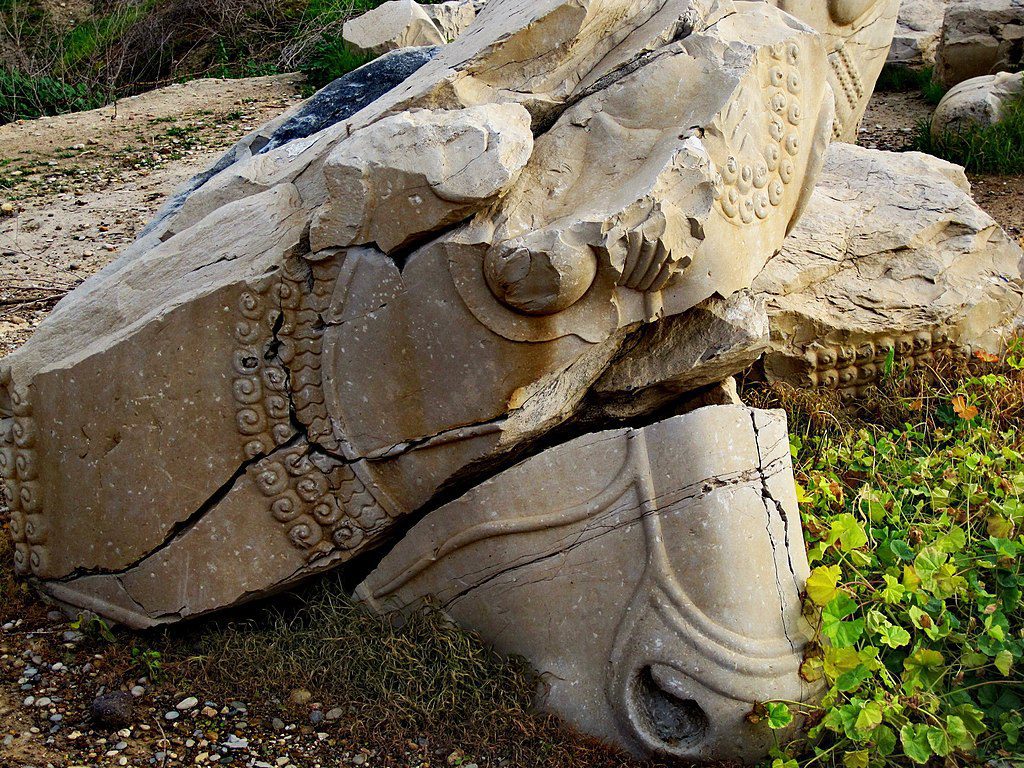
Apadana Palace
The ancient region of Susa covers a large area of the entire Susa city, which houses a wide variety of architectural structures and structures from prehistoric times to the Islamic era. Apadana Palace is one of its most magnificent palaces.
The palace of Apadana was built by the order of Darius the Great, the Achaemenid king, around 521 to 515 BC in Susa on Elamite relics. The walls of the palace are made of clay and its columns are made of stone.
Dariush Palace has different parts such as an audience hall, gate, and reception hall and has three central courtyards. The inner walls of the palace are decorated with glazed bricks painted with designs of Immortal Guard soldiers, winged lions, and lotus flowers, the remains of which are kept in foreign and domestic museums.
Important parts of the Apadana palace caught fire during the reign of Ardashir I (461 BC) and were rebuilt during the reign of Ardeshir II (359 BC). Apadana was destroyed in the invasion of Alexander III of Macedon around 320 BC.
Susa Castle (Acropolis)
In 1987, the Frenchman Jean-Marie Jacques de Morgan came to Susa Persia for research and exploration, and the construction of Susa Castle began to house him and his companions and to preserve the discovered antiquities. For this purpose, the highest point of the hills of Susa, namely the “Acropolis”, was selected and a castle in the shape of medieval castles and trapezoids was built on it.
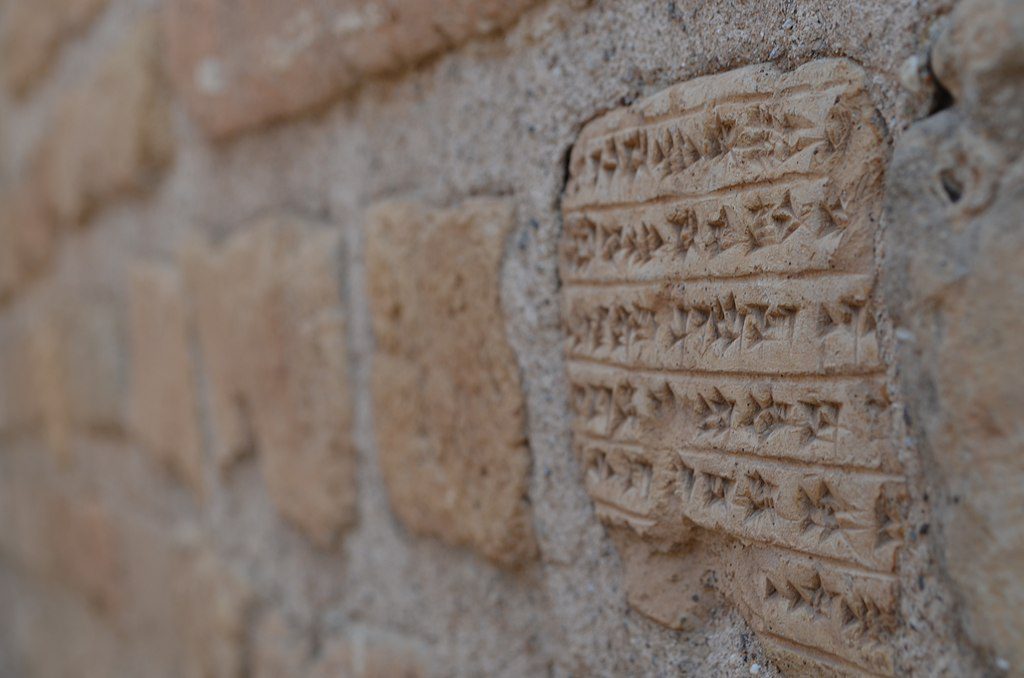
The building of this castle was often built with ancient bricks and remains of bricks and bricks of different periods that remained in the ancient site of Susa. In 1912, its construction was completed. This castle is still used as a center for the preservation and research of antiquities.
Sanctuary of Daniel the Prophet
The prophet Daniel entered Mesopotamia and from there to Susa around the seventh century BC with the Jews who had been taken captive by the Babylonians. He was one of the prophets of Israel. The tomb of Daniel the Prophet was built on the river Shavor and is visited by pilgrims from all over the world every year.
Shush Museum
The Susa Museum was opened in 1966 near the castle and the ancient site of Susa. This museum is one of the most important museums of objects in ancient Iran and has valuable works from different historical periods.
Haft Tappeh (seven hills)
The ancient site of Haft Tappeh is located about 15 km southeast of the city of Susa and, as its name suggests, consists of several hills. The vastness of this ancient site has attracted the attention of various explorers.
ChoghaZanbil Ziggurat
Chogha Zanbil (also written Tchogha Zanbil) is actually a ziggurat built during the reign of Ontash Gal, the Elamite king. This building and the works obtained from inside it are among the most amazing historical works in the world. Many of its works are in famous museums inside and outside. You can read more about Choghazanbil Ziggurat here.
Iwan-e Karkheh and Karkheh National Park
Sassanid Shapur II (379-309) built a new royal city on the right bank of the Karkheh River, 25 km west of Susa and today it is called “Iwan Karkheh”. The architectural and urban works of Iwan Karkheh have had a great impact on the architecture of Iran and abroad. Eastern Christian lands in Spain, as well as in Syria and Egypt, were inspired by the architectural design of Sassanid palaces in the city of Iwan Karkheh in the construction of their large churches.
Karkheh National Park and Protected Area consists of a satellite hill in the north and a plain in the south, through which the Karkheh River flows. In this region, there are beautiful forests such as “Qaleh Nasir” forest, which has a very beautiful view. Other places of interest include the source of the Shavar River.
Excavations Unveil the Rich History of Susa, Iran
The ancient site of Shush, located next to the city of Shush in Iran, has been the subject of extensive excavations carried out by various archaeological groups. Over the years, English, French, Iranian, and international teams have dedicated their efforts to uncovering the historical treasures buried within the mounds of Shush. Let’s take a closer look at the key archaeological endeavors and the remarkable discoveries made at this significant site.
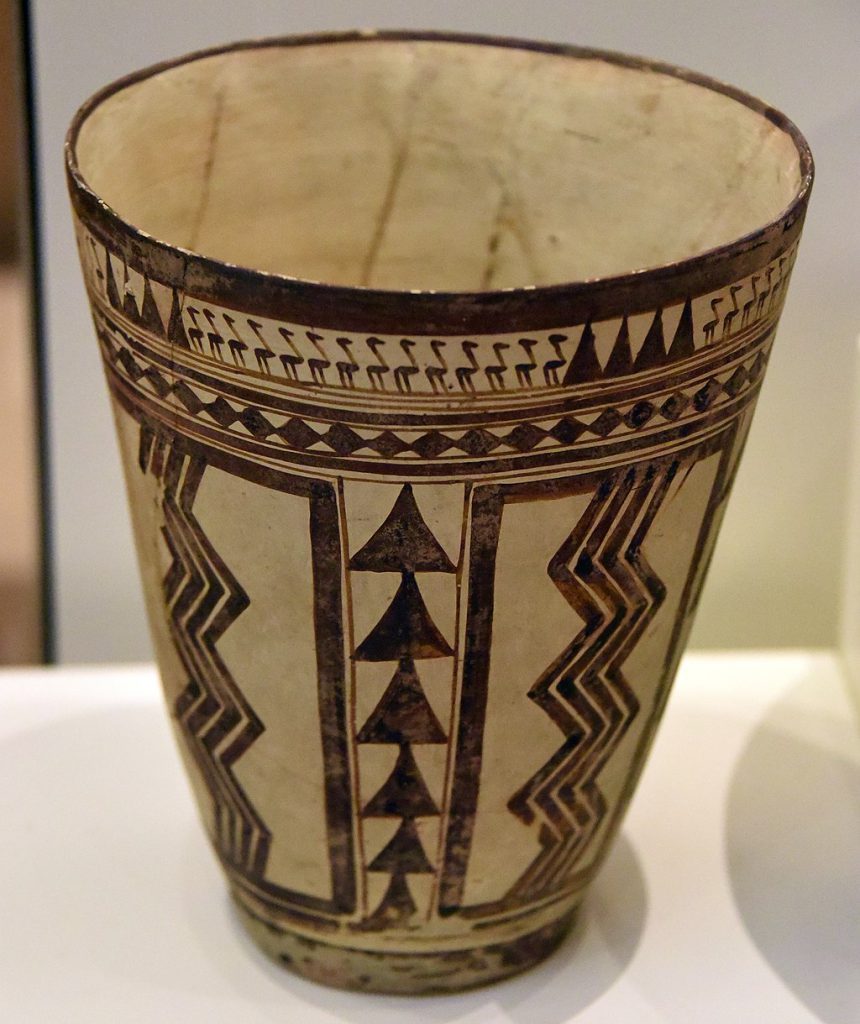
Explorers and Discoveries
The exploration of Shush began in the mid-19th century when renowned decipherer of cuneiform script, Henry Creswicke Rawlinson, initiated investigations in 1836. However, it was his colleague William Kennett Loftus who conducted the first actual surveys and excavations in Shush. Loftus, an English military officer, archaeologist, geologist, and sportsman, visited Shush in 1852-1850 as part of the Iran-Ottoman Boundary Commission.
During his excavations, Loftus discovered decorated columns, stone capitals, and large column bases inscribed in ancient Persian, Elamite, and Akkadian languages. These inscriptions provided valuable information about the palace of Darius and helped confirm the identification of the main northern mound of Shush, known as the Apadana.
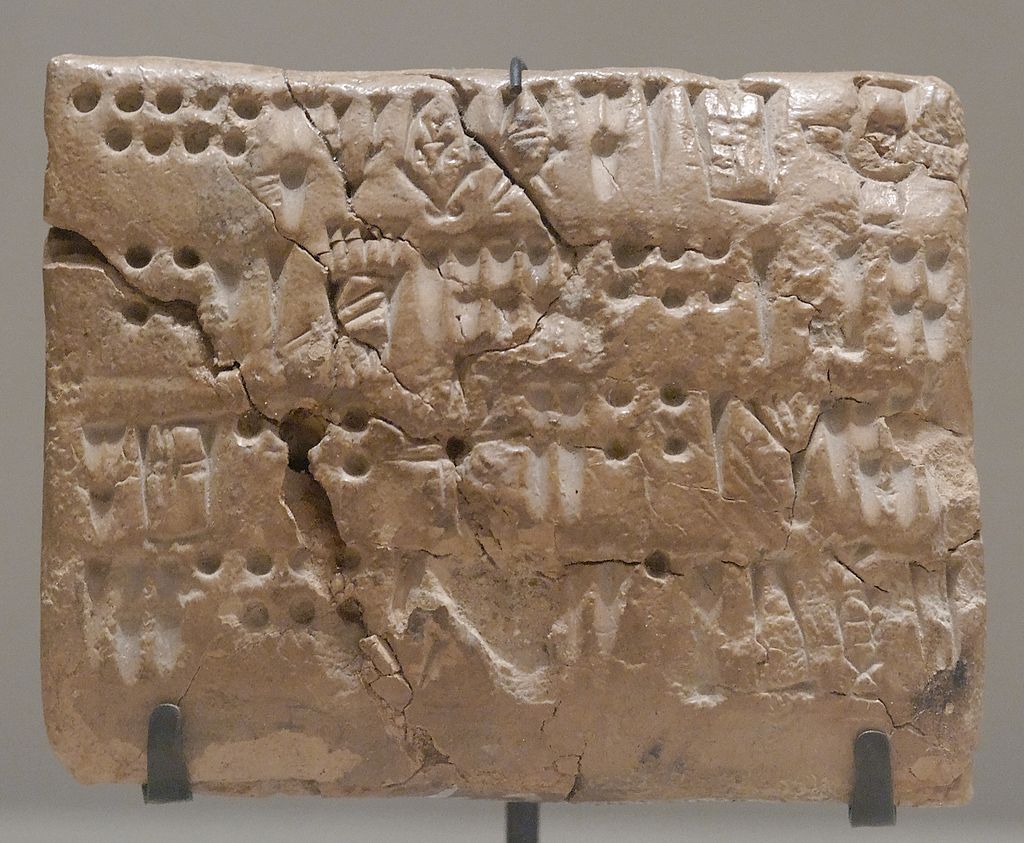
In 1885, a French architect named Marcel Dieulafoy and his wife embarked on excavations in Shush with the permission of Naser al-Din Shah Qajar. They uncovered the Great Hall of Columns (Apadana) and discovered sections of columns, column bases, and an impressive capital in the shape of two male cows.
Glazed bricks collected during their excavations were later displayed at the Louvre Museum. Jean-Jacques de Morgan, a French mining engineer, continued the excavations in 1897 and obtained significant artifacts such as the Narām-Sîn stele, the Hammurabi stele, and the statue of Queen Napir-Asu.
Roman Ghirshman and Chogha Zanbil
Roman Ghirshman, who took over the French mission in Shush in 1946, conducted excavations in the royal city and discovered remains of an Elamite city. One of his notable accomplishments was the continuous investigation of Chogha Zanbil, an archaeological complex identified during an aerial survey.
Ghirshman’s excavations at Chogha Zanbil from 1950 to 1962 unearthed a ziggurat and various other structures, shedding light on the Middle Elamite period. He revealed that the ancient name of the complex was “Siyan-Kuk,” meaning the Temple of Safety or the Temple of Protection.
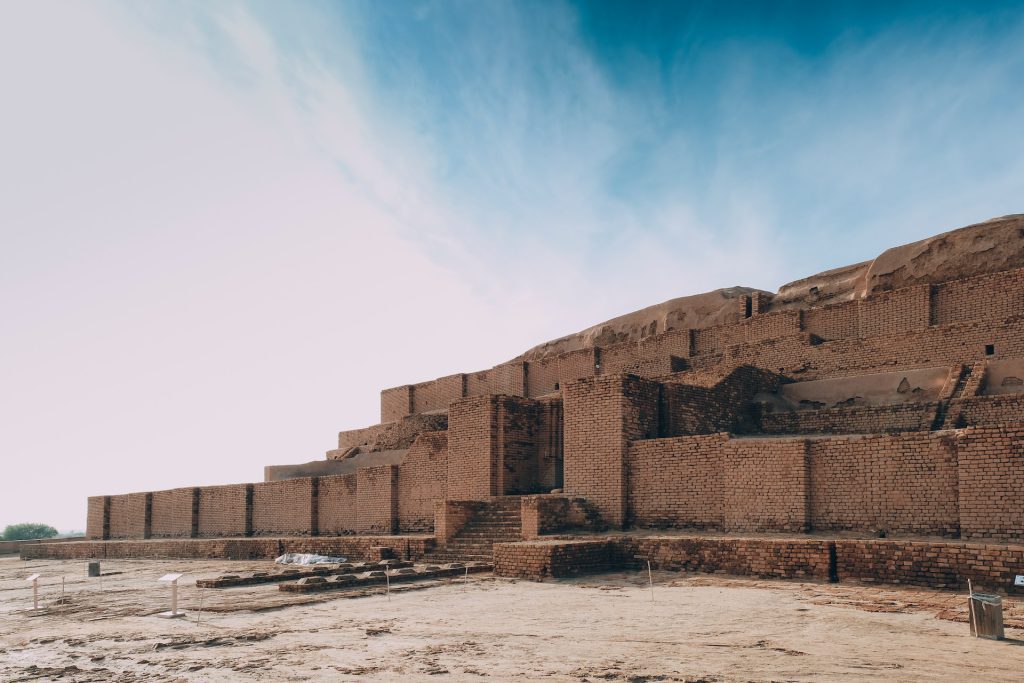
The Legacy Continues
The French Archaeological Mission in Shush experienced several shifts in leadership over the years. Joseph-Marie Estève, an Assyriologist, succeeded Ghirshman in 1967 and made significant contributions to the study of cuneiform and stone inscriptions. Jean Perrot took over in 1968 and developed an extensive excavation and research program in collaboration with international experts.
These efforts included studying prehistoric mounds, establishing stratigraphy, examining high platforms, and exploring the Apadana Palace.
Following a hiatus in archaeological investigations, Mire Abedin Kaboli led a team in Shush in the 1980s and made discoveries related to the Islamic period, Achaemenid walls, and cuneiform inscriptions. The excavations resumed in 1994, with a focus on accurately identifying the Achaemenid wall and revealing a ceremonial-residential space inside the Apadana Palace.
The uncovering of various weapons, including those of Greek or Macedonian origin, supported the theory that Alexander the Great did not enter Shush peacefully.
Recent Excavations and Preservation
After a long pause, the excavation activities at Shush resumed in 2017 when experts from the World Heritage Base of Shush assessed the archaeological site and the Shush entrance underpass issue. However, due to difficulties in conducting on-site investigations and the objections of city officials, the Cultural Heritage Research Institute initiated excavations near the Shush Four-Way Intersection in 2018.
The archaeological team uncovered a historical tomb containing a skeleton, a glass cup, and ancient bricks, providing further evidence of the site’s cultural and historical significance. As a result, the construction of the Shush underpass was permanently halted.
Preserving the Ancient Heritage of Shush
The ongoing excavations at Shush continue to unravel the rich history and cultural heritage of this ancient site. The efforts of archaeologists and researchers from various countries, including Iran, France, and the United States, contribute to our understanding of the civilizations that once thrived in this region.
By unearthing artifacts, deciphering inscriptions, and studying architectural structures, these endeavors shed light on the ancient past and allow us to appreciate the significance of Shush in the annals of human history.
As the excavations progress and new discoveries are made, the story of Shush unfolds, captivating our imaginations and connecting us to the lives and achievements of those who came before us. The ancient site of Shush stands as a testament to the enduring legacy of human civilization and the importance of preserving our shared cultural heritage for future generations.
FAQs about Susa
Q1: What is the history of the ancient city of Susa?
A1: The ancient city of Susa has a rich history, serving as the capital of the Elamite kingdom for thousands of years and the winter capital of the Achaemenid Empire. It has been inhabited since around 2700 BC and was ruled by the Elamites for approximately 2,000 years.
Q2: What is the climate like in Susa?
A2: Susa experiences a hot and dry climate. During summer, temperatures can rise above 45 degrees Celsius, while the lowest temperatures reach around 28 degrees Celsius. The region is influenced by high tropical pressure, resulting in sultry summer days.
Q3: Is Susa listed as a UNESCO World Heritage Site?
A3: Yes, Susa is included in the UNESCO World Heritage Site list. It was registered on July 4, 2015, and its cultural heritage includes various structures like the palace of Shavar, Apadana, the Eastern Gate, Hadish, the 15th city, the Achaemenid village, the Grand Mosque of Susa, the Islamic period buildings, the Acropolis hills, and the French fort.
Q4: How old is Susa Iran?
A4: The Susa site, situated in what is now modern Iran, encompasses three distinct mounds: the Acropolis, the Royal City, and the Apadana. These archaeological remnants span from 4200 BCE to the Islamic era.
Q5: What is Susa known for?
A5: Susa boasts a series of overlapping urban settlements that stretch continuously from the late 5th millennium BCE to the 13th century CE. This site provides remarkable evidence of the Elamite, Persian, and Parthian cultural heritages, which have significantly faded with time.
Last Words: Explore the Best of Susa with a Customized Tour
Susa city, also called Shush, is a really old city that’s super important in history. It’s a big deal for people who like ancient stuff and exploring old places. If you’re visiting Iran and you enjoy history, Susa is a must-see. It used to be the main city of the Elamite kingdom for a long time, and later on, it became the winter capital of the Achaemenid Empire.
Customized tours let you dive deep into Susa’s ancient history and culture, making sure every moment fits what you like. That’s where ToIranTour comes in. Our team knows Iran inside and out, and we love showing off the best it has to offer. We’re experts at planning trips that match what you want. Whether you’re crazy about history, eager to try new foods, or just love going off the beaten path, we make sure every part of your trip is just right.
At ToIranTour, we’re not just guides; we’re excited to share our country with you.



